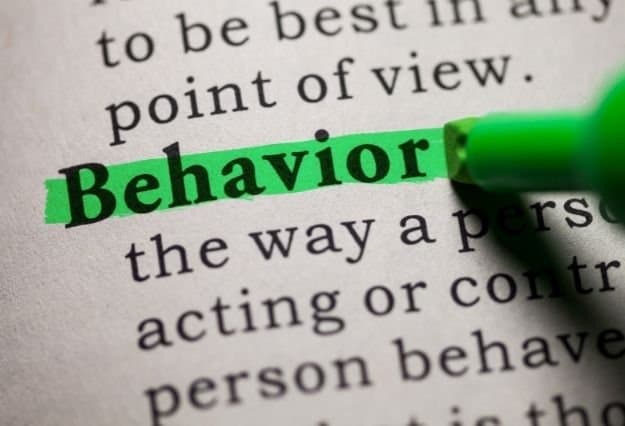What are Group Norms?
Group norms are the informal guidelines of behavior and a code of conduct that provides some order and conformity to group activities and operations. These rules are expected to be followed by all the group members. These norms and rules usually develop gradually and informally as group members learn as to what behaviors are necessary for the group to function effectively. These norms may include a code of dress for meetings or being on time for the meetings and behaving in a predictable manner both within and outside the group meetings.
This predictability of behavior also causes higher degree of cohesiveness within the group. Predictability reduces chaos, ambiguity and conflict. Discomfort would be high in a committee or a task group, if the group members are not sure as to how each member would behave. Norms also identify the values and ethics of the group members. They are established on the basis of what is right and decent and expected of professionals. For example, some companies have very rigorous dress standards, tolerating no deviation, such as the Federal Bureau of Investigation (FBI).
Types of Group Norms
Behavior Norms
Theses are rules and guidelines defining the day-to-day behavior of people at work. This behavior pattern may include punctuality as a habit, completing any given assignments within the required time framework, not losing temper, showing respect for other member’s opinions, not monopolizing the conversation and so on. Certain professionalism is expected from all members and this professionalism is predictable form of behavior.
Work Norms
Work norms regulate the performance and productivity of individual members. An overly ambitious worker who produces more is considered as much a deviate from the norms as a worker who is an under producer. Work norms usually put an acceptable level of productivity, within reasonable tolerances so that comparatively poor performers can also be accommodated and that they do not become a burden on their peers.
Workers performing below the lower acceptable level are generally Informally reprimanded and encouraged to produce more. On the other hand, rate-busters who perform above the upper acceptable limit set by the group are also ostracized for encouraging the management to raise its expectations.
In addition to productivity, work norms may also define the extent of time spent on the job. For example, if coffee breaks are allowed for 15 minutes in the morning, then those members who do not take coffee breaks at all as well as those members who take longer coffee breaks are considered as disobeying the group norms. Thus, groups will often want to regulate not only how much workers produce, but also how many hours they put in on the job. Some work norms are strengthened when management tends to exploit some of the members of the groups. Thus norms might also define the limits placed upon worker interaction and cooperation with superiors.
Other work norms might involve loyalty or confidentiality on the part of members. Workers are not expected to report about fellow workers to supervisors. Similarly confidentiality is a powerful group norm so that no matter how much tension there may be between workers and management, the workers will not divulge company secrets to competing organizations.
Group norms are generally reinforced if all members agree to abide by them and the members will agree if they firmly believe that adherence to such norms will facilitate group goals achievement or ensure group survival and additionally, such norms do not conflict with
individual values and principles. Also, the norms are reinforced if the members value their membership in the group and do not like the outcomes of violating them. The outcome of violating the group norms must be sufficiently consequential in order to discourage members to deviate from them.
The groups enforce compliance with norms in many ways. They can reward people who comply with group norms by appreciating them, by listening to them in a respectful manner and by making them leaders of the group. Also, they can take negative actions against those persons who deviate from group norms in the form of ridicule or ‘silent treatment’ or by withdrawing privileges or by ultimate action of expelling them from the membership of the group.








